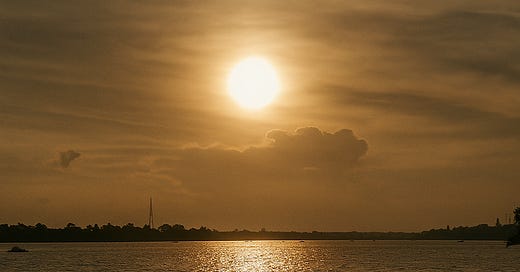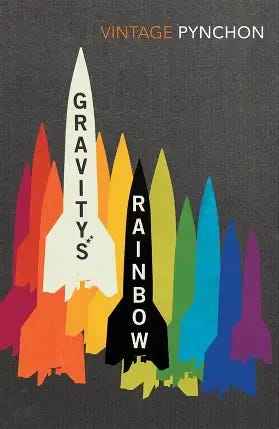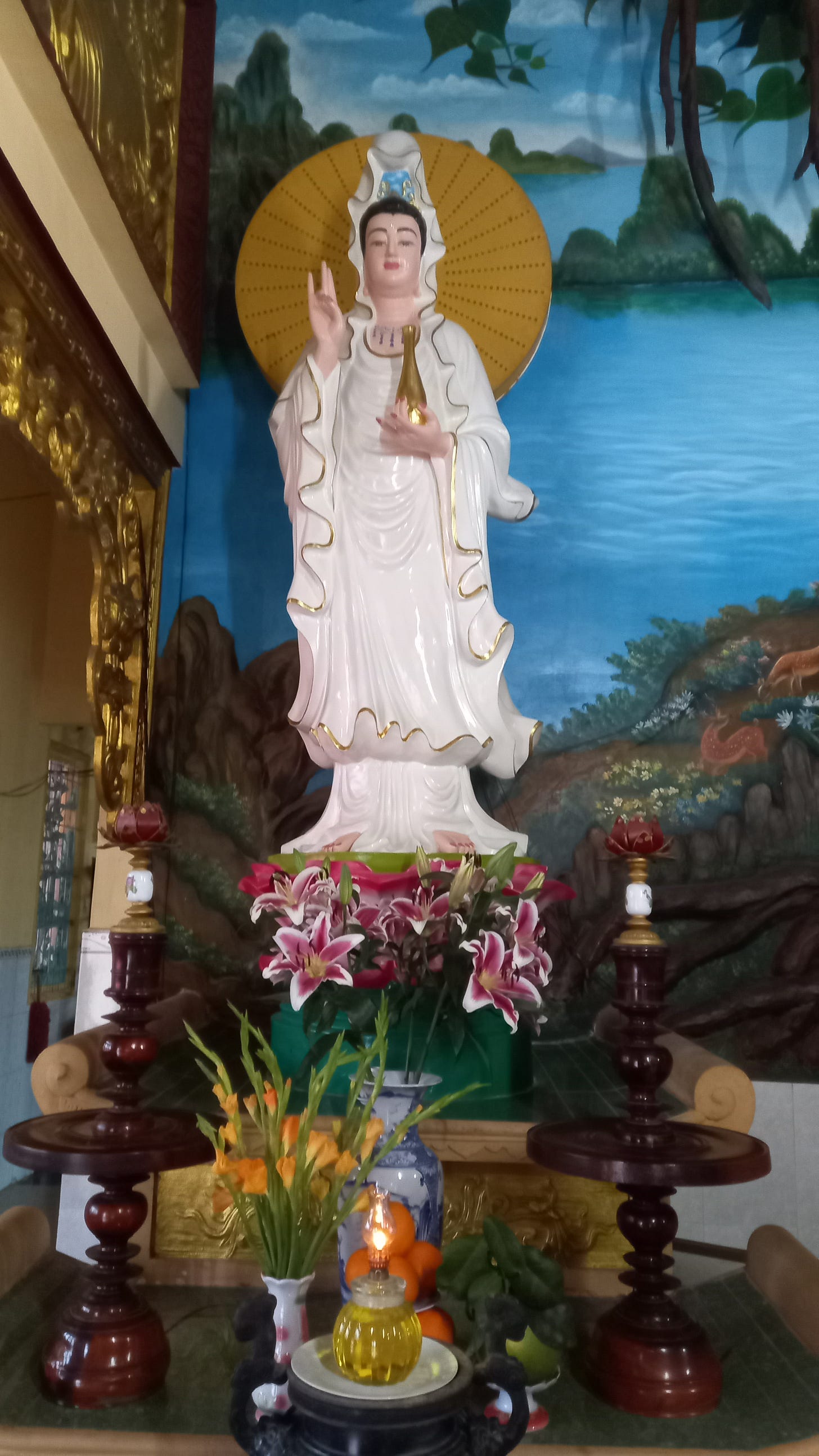As the Napalm Girl story fights its way upriver, against the current of time and perception, I watch and reflect from the banks of the Mekong River - now content to be a non-person, finally outside the narrative. More has happened since my last Substack responding to the to the AP's lengthy report downgrading its Nick Ut to a ‘possible’ photographer that day at Trang Bang nearly 53 years ago now. Now, the World Press Photo has taken away his by-line on its 1973 award, ‘suspending his authorship.’ And just like that, the story’s gone ‘round the world. Yay - because, of course, even the NYT is finally running with the controversy around ‘The Stringer’ documentary which premiered at the Sundance Film Festival back at the end of January. As they say in journalism, this story’s got wheels! And as headlines circulated over the weekend, I - who started all this - slipped out of the narrative. A relief, oddly enough.
Four days ago, I departed Ho Chi Minh City - always Saigon to me - for the western Mekong Delta. Here, the mighty river is still a single, wide, island-scattered branch. Fifty kilometres upstream from where it splits, strictly speaking, into the delta itself at Vinh Long and where we joyfully found the Napalm Girl’s real photographer, Nguyen Thanh Nghe. Just over two years ago, the day after our discovery, he suffered a stroke. A couple weeks later, I met him in a Can Tho hospital and said sorry - all on video.
I’d left Saigon on the four-hour road journey here feeling in the middle of circular firing squad. I’d done my critique of AP’s 97-page report - and still the details felt off. Hardly anyone mentioned it was an Asahi Pentax camera, not a Leica, that took the famous photo. A key detail, since Nghe is pictured holding one, perfectly positioned. (Has anyone called Nick’s big sponsor Leica yet?) And something legal, swirling out there somewhere - I don’t even want to know.
So, a foul mood. I just wanted to be left alone in this familiar spot. Roosters, not motorbikes awake me before dawn. The Mekong’s a five-minute motorbike ride away. Switched off. I’ve stewed here before - but not always in frustration. Two years ago, this same spot held nothing but joy after finding Nghe, an incomparable moment unlike anything else I’d felt before. I prayed to Quan Am, the Buddhist Goddess of Mercy, up the road for Nghe’s recovery and our meeting the following week.
Few books demand full immersion like Gravity’s Rainbow - Thomas Pynchon’s 900-page plunge into chaos, conspiracy, and compulsive mystery during after World War II in Europe. Back in 1973, I had little time for it, too busy watching South Vietnam slide down the chute after the Paris Peace Agreement and the departure of the last US troops and POWs return.
Long hours buried in Pynchon’s world - his paragraphs stretching endlessly, refusing chapters - became a way to drown out my own obsessive thoughts about the Napalm Girl story. A read-in-progress companion since I boarded that flight from Sydney up in mid-April for Vietnam’s 50th Anniversary of the Fall/Liberation of 30 April 1975 and - absorbing me through long hours in the air, through hotel rooms, and the weight of everything still unresolved.
I had read that tome for hours before that AP report landed overnight up in the hilltop resort town of Da Lat. And hours buried in Pynchon’s world, lost in its long paragraphs - until reality intruded again last Friday. With my mobile phone stashed far away, the World Press Photo decision dropped mid-afternoon. My wife had to tell me.
I walked up to the Hoa Long Temple and shed a tear thanking Quan Am. Good news, but what about the Pulitzer now? What about Leica? The cheers and congratulations. And those personal attacks again, of course. I thought of writing another Substack, but no. AP's own news report didn’t even mention my name. That’s fine. I’ve disappeared. At time for reflection.
And so just why have I done all this anyway? I was supposed to be happy & satisfied by now after that joyful premiere at Sundance back on 25 January flying all the way there for four days from Vietnam and back just in time for Tet, the Vietnamese New Year. It should have been enough.
A full circle moment - Nghe, his family, great reviews, the distributor waiting in the wings. Everyone would see the movie - oops, documentary - and then finally, I could move on. Let it be part of my past. But no. The story clings, like a bad bedsore that won’t go away.
For a long time, as I wrote the Weekend Australian Magazine back in February, I believed it was simple - tell the world the truth about who took the Napalm Girl photo, and surely, they’d believe me. After all, I’m a straight and honest guy. But reality was different.
But in the end, as I laid out in that story, the real task wasn’t just proving the truth - it was finding Nghe himself. And through a string of fortuitous meetings and events, I finally did it - found Nghe, faced him, and apologised for following orders, for leaving his name off the photo.
And also I’ve wondered what if that meet-up with Nghe had happened all on my own? Certainly much earlier. I only had a name, really. And sure, I needed Vietnamese help to find him. But what if that documentary crew wasn’t there, at all? Just two old men on the banks of the Mekong, swapping stories of war and missed chances. No cameras, no crew. Just the past settling in around us, unfiltered. And Nick Ut would still have everything.
And why couldn’t that joy - that incomparable feeling of relief at finding Nghe - just last? Forever. But instead, we stirred up the pot. And now the stew is brewing.
Finally, I must ask my critics - or the sceptics who linger in the background. How could I have continued to keep silent about the truth of the matter? What do my former colleagues and Nick’s friends really think? Have any of them ever done anything wrong in their lives and felt bad about it? Was I supposed to just let this fiction stand? Let it fester, unchallenged, until my own death? No. But if you don’t want to believe me, that’s fine. Just hop on that upriver convoy - keep going.
I’ve had my say. Now, I just hope the world sees ‘The Stringer’ and me, meeting my friend - and older brother Anh Hai, my name for Nghe in Vietnamese - at least one more time. That’s all I ask.







I've been following this pretty closely, Carl. Your memories have merit. I think they are real. I just wish your boss would have made a different decision back then and spared a lot of people a lot of pain.